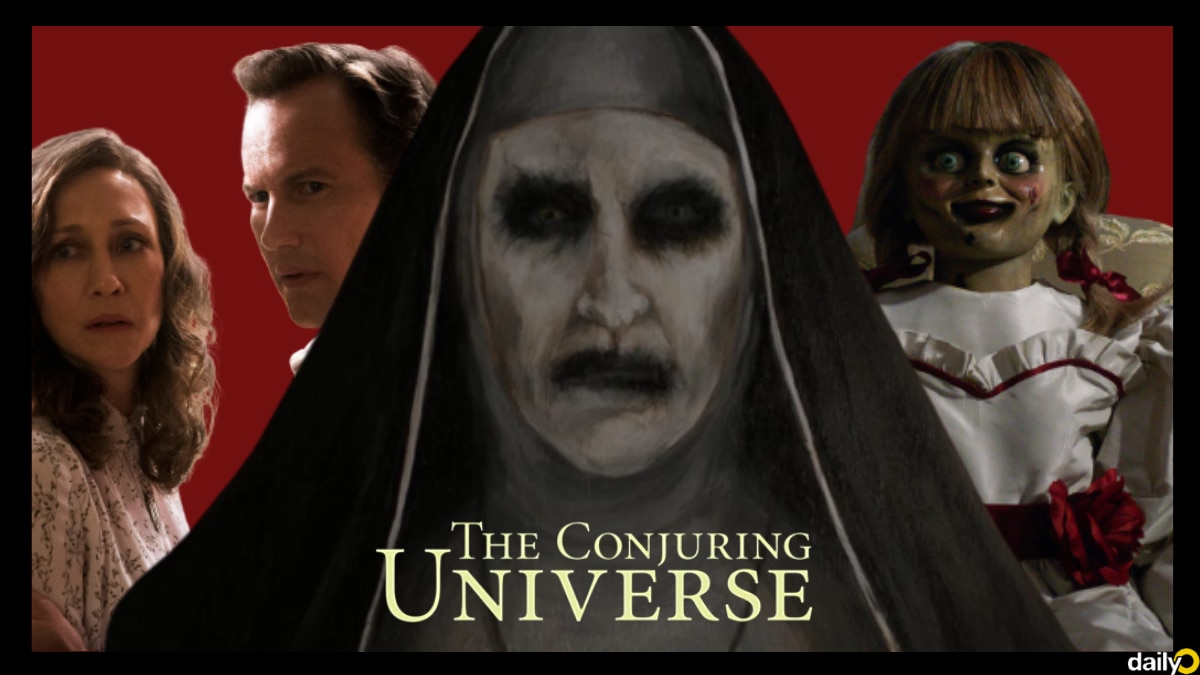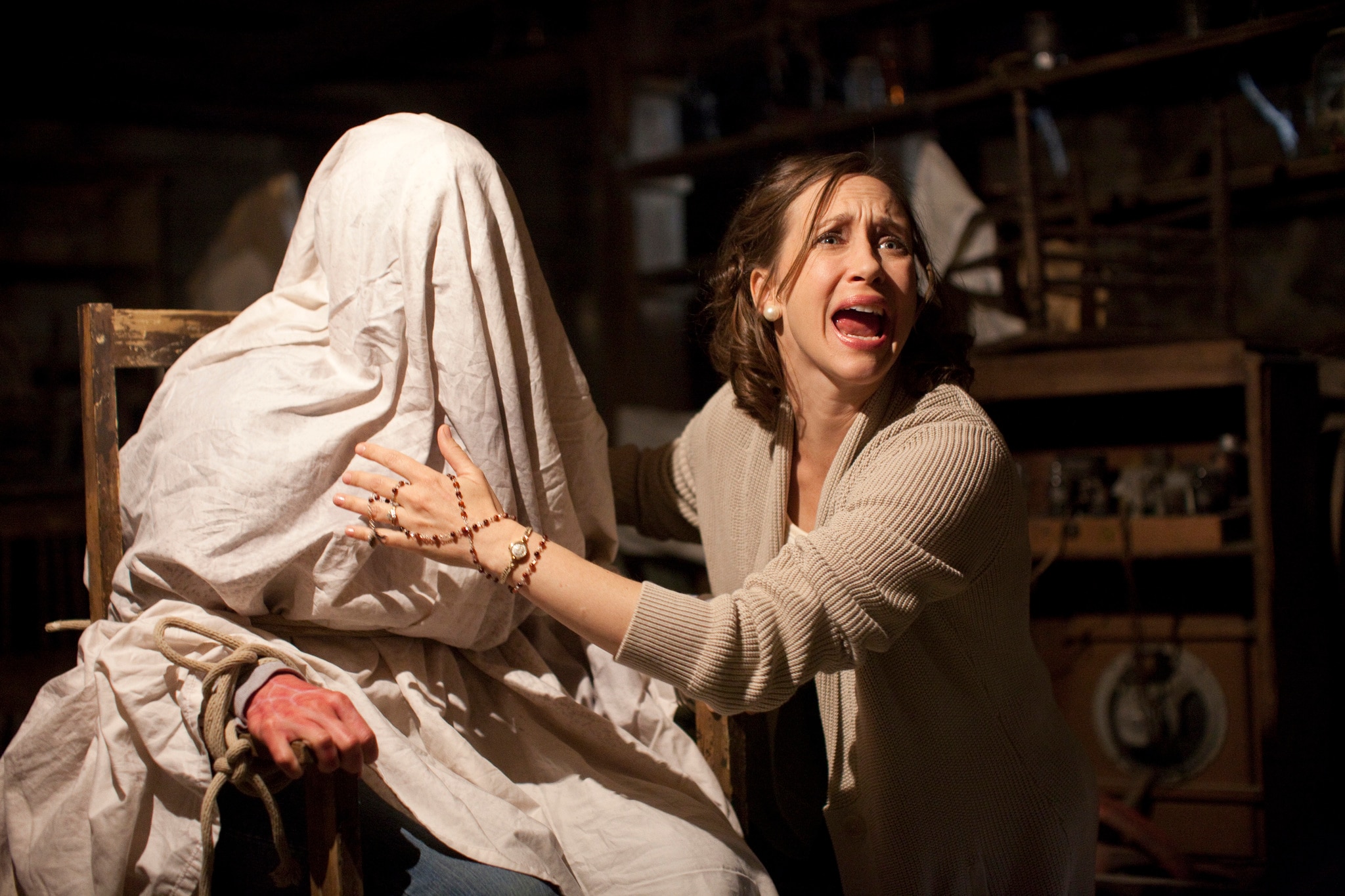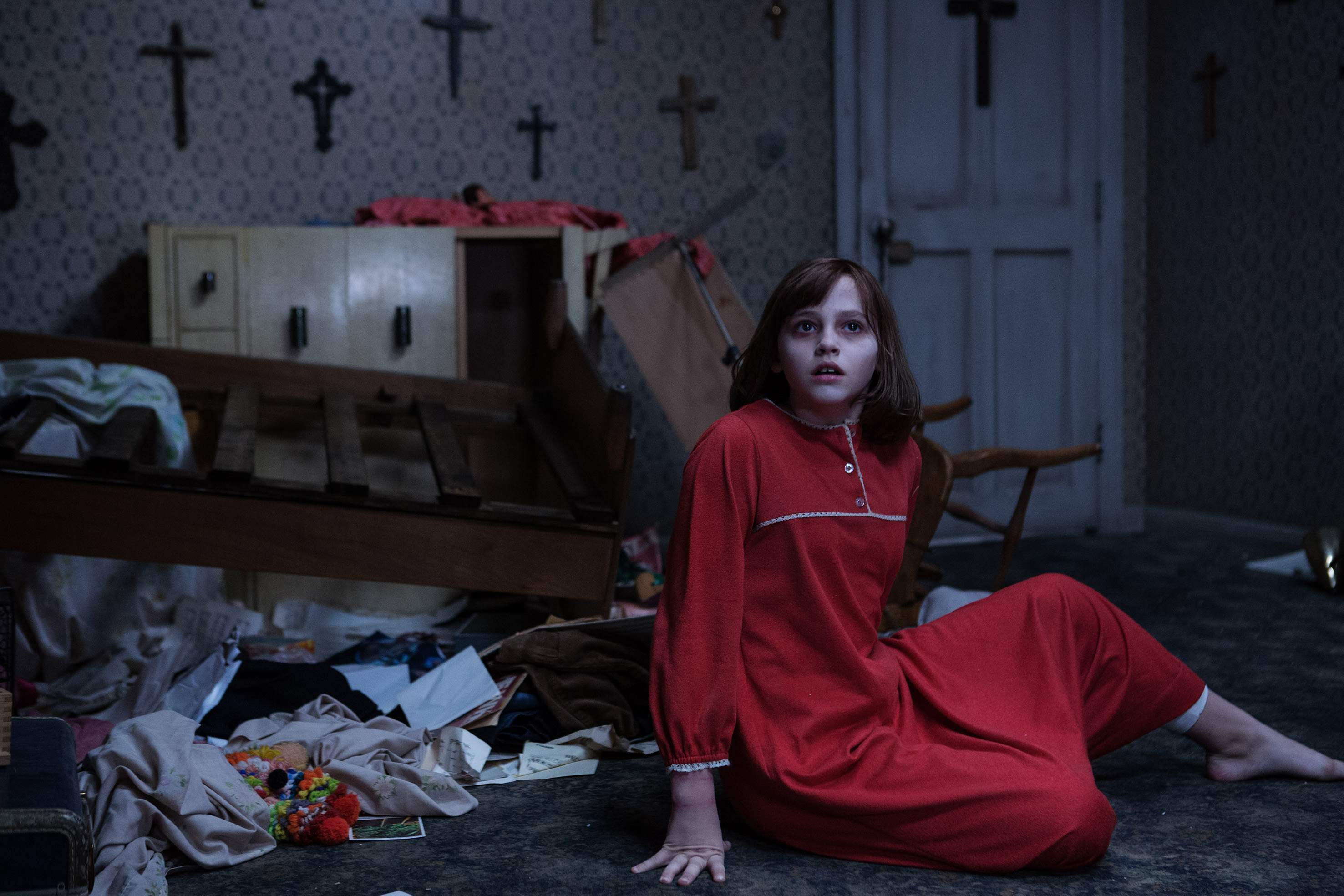Before The Nun 2 release, a look at the rise and fall of James Wan's Conjuring franchise

The highly anticipated sequel to the 2018 spinoff hit, The Nun, is on the horizon, and fans are in for another terrifying encounter with Valak, the demonic nun. But is the Conjuring franchise even worth it anymore?
After a two-year dry spell since the last film in the Conjuring Universe, The Conjuring: The Devil Made Me Do It, The Nun 2 breaks the silence and is scheduled for theatrical release on September 8, 2023.
This looks dope 🔥
— Rick Grimes 🜃 (@rickgrimes989) July 5, 2023
The Nun 2 Teaser Trailer is hereeeee 🔥#TheNun2 pic.twitter.com/WO8xh4wSIN
Taissa Farmiga reprises her role as Sister Irene, and a first look image sets the stage for the terror that awaits her.
First look at ‘THE NUN 2’.
— DiscussingFilm (@DiscussingFilm) July 5, 2023
In theaters on September 8. pic.twitter.com/ParB4wCc5J
Despite receiving mixed reviews from critics, the first installment directed by Corin Hardy became a massive box office success, earning a staggering $365 million worldwide.
- In fact, it holds the distinction of being the highest-grossing film in the entire Conjuring Universe, surpassing even the two core Conjuring movies helmed by James Wan.
- The story takes place in 1956 France, where a priest is murdered, and an evil presence begins to spread. Sister Irene, once again played by Taissa Farmiga, finds herself face to face with the malevolent force of Valak, the demon nun.
- Director Michael Chaves also hinted that The Nun 2 will connect to the wider cinematic universe, suggesting that there may be further ties to the Conjuring franchise and its expanding mythology.
James Wan's Conjuring franchise was once hailed as a breath of fresh air in the horror genre, introducing a new wave of scares and captivating audiences with its effective blend of supernatural elements and intense storytelling. However, as time went on, it became evident that the franchise had succumbed to the commercialization of horror, prioritizing profit over innovation and originality.
The original Conjuring film and its immediate sequel were praised for their innovative storytelling, effective scares, and strong character development. As the franchise expanded through numerous spin-offs and sequels, it gradually succumbed to rapid commercialization, resulting in a decline in quality.
A fresh and compelling start

James Wan's original film, The Conjuring (2013), breathed new life into the horror genre. It skillfully blended elements of psychological terror and supernatural horror, creating an atmosphere of dread and suspense. The film's success stemmed from its strong narrative, well-rounded characters, and Wan's meticulous attention to detail. The combination of effective storytelling and genuine scares left audiences eagerly awaiting the franchise's next installment.
Maintaining quality and building expectations

The Conjuring 2 (2016) continued the franchise's success by upholding the high standard set by its predecessor. Wan's masterful direction, combined with outstanding performances and a compelling storyline, solidified the franchise's reputation as a leading force in modern horror. The film's commercial success and critical acclaim further fueled expectations for the franchise's future.
The pitfalls of rapid expansion
When the first Conjuring film hit theaters in 2013, it was met with critical acclaim and enthusiastic reception from horror fans. The film's success paved the way for a shared universe, with spin-offs capitalizing on the popularity of the original film's demonic entities.
Following the initial success of the main Conjuring films, the franchise embarked on a rapid expansion, which included spin-offs such as Annabelle, The Nun, and The Curse of La Llorona. While these films were met with varying degrees of commercial success, their quality often failed to match the original Conjuring movies.
While the initial spin-offs managed to maintain some level of quality, it became apparent that the franchise was beginning to prioritize quantity over quality. Instead of focusing on creating compelling narratives and memorable characters, subsequent films started to rely on repetitive jump scares and predictable storylines. The once-unique and atmospheric tone of the original Conjuring film was diluted as the franchise expanded.
Bonnie Aarons to play Valak for the 3rd time in upcoming The Nun 2 📽️ pic.twitter.com/v0BHQ4khme
— ❄Anya💕🔪 (@Anya00586015) April 17, 2023
As the franchise rapidly expanded, the quality of the storytelling suffered. The spin-offs and sequels relied heavily on formulaic jump scares and predictable plotlines, losing the originality and depth that set the Conjuring films apart. The narratives became convoluted, prioritizing cheap thrills over meaningful character development and atmospheric tension. Audiences began to notice the decline, leading to a sense of fatigue and diminishing interest in the franchise.
Dilution of the brand
The commercial success of the Conjuring films led to an influx of sequels, prequels, and spin-offs, saturating the market and diluting the impact of the original concept. The focus shifted from telling genuinely terrifying stories to creating a never-ending cycle of horror films designed to capitalize on the brand name alone. The integrity of the franchise suffered as a result, with films becoming formulaic and predictable, relying on tired tropes and familiar scares.
Conjuring Universe might be the biggest cinematic universe that's just completely ignored lmao https://t.co/gUrkOYDEOJ
— Lynch - Reply Guy (@LynchUnhinged) July 6, 2023
The emphasis on expanding the franchise's reach compromised the integrity of the storytelling, resulting in narratives that lacked the emotional impact and thematic coherence of the original films. The brand's dilution led to a decline in audience trust and a sense that the franchise had become a mere money-making machine.
Soon the lack of fresh ideas and reliance on jump scares over genuine suspense started to feel tiresome and uninspired. The once-groundbreaking Conjuring franchise became a victim of its own success, with the pursuit of profits outweighing the desire to deliver unique and compelling horror experiences.
when they end the nun 2 with the original nun ending, then what?? pic.twitter.com/Etcj2YUSgx
— mearl 🦕 (@alltoovera) July 5, 2023
While it's understandable that successful franchises often embrace commercial opportunities, the Conjuring franchise's decline serves as a cautionary tale about the dangers of prioritizing profit over artistic integrity. By sacrificing originality, innovation, and genuine scares, the series lost its unique identity and ultimately succumbed to the demands of a profit-driven market.
The Conjuring Universe became a victim of its own success, losing the innovative storytelling and atmospheric tension that made the original films stand out. To revive the franchise's reputation and regain audience trust, future installments should prioritise quality storytelling, meaningful character development, and a return to the atmospheric horror that defined the franchise's early success.

